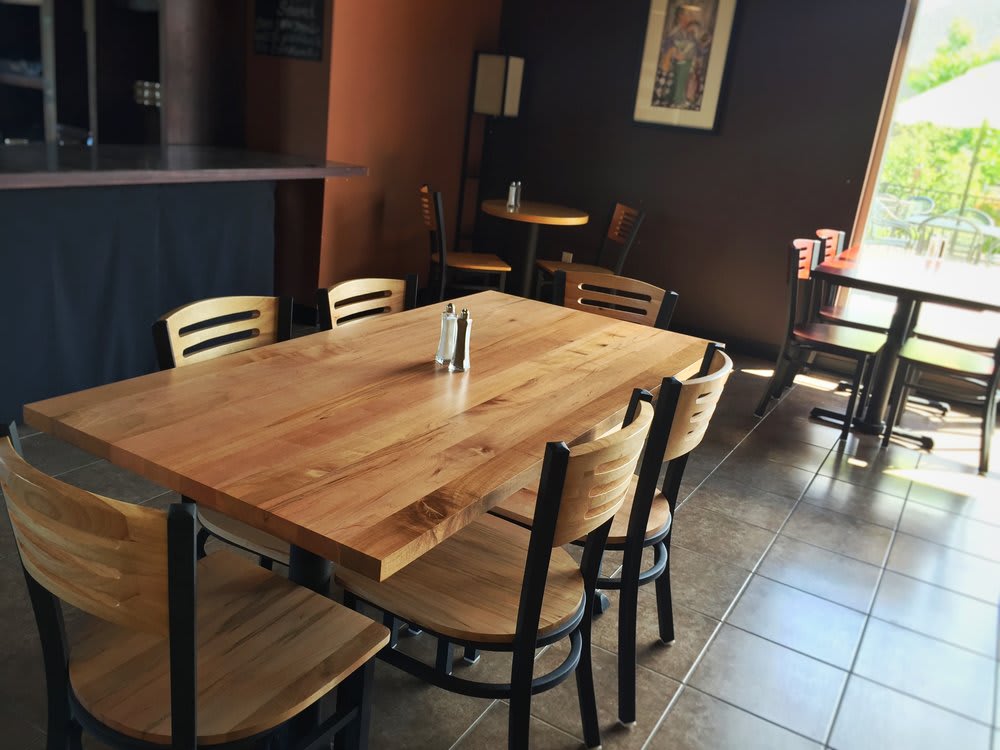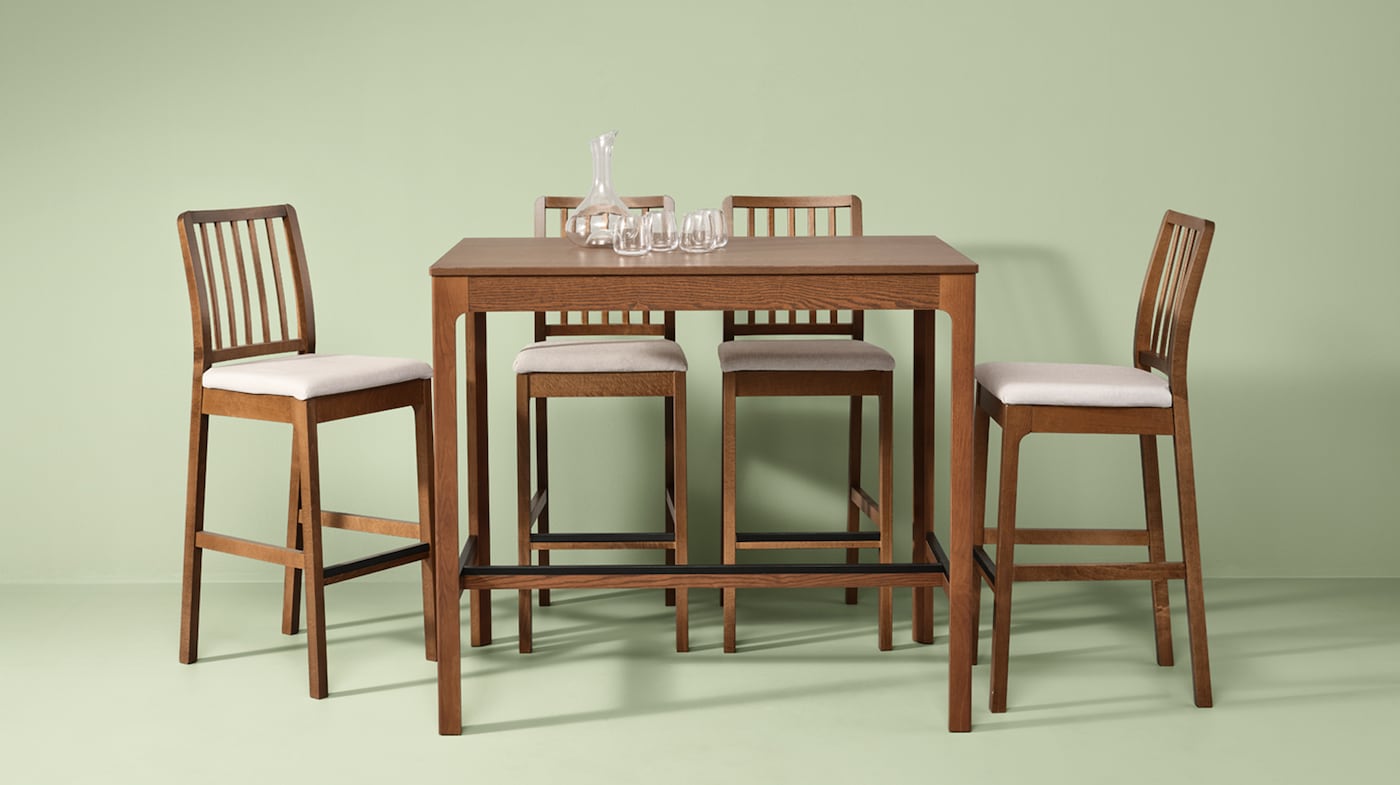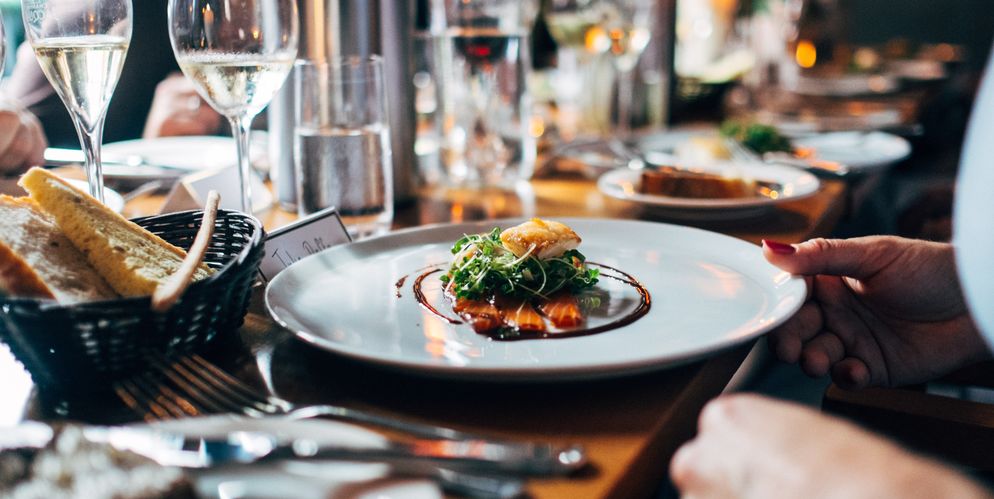A customer’s first impression on entering the service area is of major importance.
The right choice of décor, furnishing and equipment is therefore a major factor that contributes to the success of the food and Beverage service corporation.
A careful selection of items in terms of shape, design and colour enhances the overall décor or theme and contributes to that feeling of harmony you want to see.
For this post, we’ll be as basic as possible. So assuming that you’re a newbie who barely knows anything about Food and Beverage equipment, let us, therefore, do a familiarization exploration as we go through most if not all of this equipment.
Food And Beverage Equipment
1. Cocktail Bar Equipment

These include; a cocktail Shaker, Boston Shaker, mixing glass with a bar spoon, hawthorn strainer, jug strainer insert, mini whisk, straw, Ice crusher, juice press, ice buckets and tongs.
2. Bar Equipment

These are composed of the following; bottle coaster, champagne star cork grip, wine bottle holder, wine bottle opener, vacuum pump, champagne bottle stopper, wine funnel, wine bottle foil cutter, wine cork extractor, appetizer bowl and cocktail stick holder, measures in dip tray, cutting board and knife, cigar cutters, bottle stoppers, bottle pourers, crown cork opener, mini-juice press.
For an in-depth explanation of their functions, you could check our post on Beverage service to help yourself out.
Read More: Food And Beverage Service – Preparing The Table
3. Bar Furniture

These must be chosen according to the needs of the establishment in question and are grouped under three classes.
(a). Loose Random: used to refer to free-standing furniture in no discernible pattern within a given service area.
(b). Loose Module: free-standing furniture positioned in a predetermined pattern with or without the use of dividers to create a smaller area within the main area.
(c). Booth: fixed seating usually high backed, and are fir secluded sitting.
4. Chairs

These come in an enormous range of designs, materials, colours and shapes to suit different occasions and situations. Because of this wide range, chairs vary in height and width. You sure know what a chair looks like, don’t you?
When choosing chairs for your restaurant, there’s a need for either metal or wooden frame chairs. The wood frame offers a distinct style and brings out a sense of tradition and class to the establishment.
However, Metal Chairs will typically project a more modern and sleek look than wooden chairs. Metal Restaurant chairs are painted and come in a wide variety of seat covers and backrest options.
5. Tables

These come in three main shapes; round, Square and rectangle. These should ideally be clean, durable, good looking and generally easy to clean. In combination with them, Stackable Chairs are suitable for banquets whereas speciality restaurants and Bars need richly upholstered chairs.
When deciding on the number of tables required for the food and beverage service area, specific points to consider are as follows;
1. Size and shape of the area available after earmarking space for wash, cash counter, waiting room and so on.
2. Space for sideboards(a piece of dining room furniture having drawers and shelves for linen and tableware originally for serving food).
3. Table sizes and seating capacity.
Banquet tables are used in function catering and are available in many shapes and sizes. The common ones are long and round tables.
Other shapes of tables commonly used in catering functions are the quarter moon, half Moon and serpentine.
These tables have to be sturdy and collapsible so that they can be stacked one on another when not in use. That way, cleaning too, will be easier.
Other furniture includes the sideboard otherwise called the dummy waiter or waiter’s console where spare cutlery, crockery, linen, and extra saucers are stored.
The hostess desk, buffet counter, and guerdon trolley may also be included in furniture found in food and beverage outlets.
Wooden furniture remains a favourite with food and beverage service management though wrought iron bases, marble, granite tops, stainless steel base etc are also found. PVC is used in cheaper outlets since they are cheaper and easy to maintain.
The standard size of F and B department furniture.
Restaurant Chair:
- Height from ground to the base: 18″
- Height from ground to top of backrest: 39″
- Size of base or seat: 18″ by 18″
- Restaurant table
- Square for two persons: 2.5 ft by 2.5 ft
- Square for four persons: 3 ft by 3 ft
- Rectangle for four people: 4.5 ft by 2.5 ft
- Round for four persons: 3ft diameter.
- Round for eight persons: 5 ft Diameter.
- Height of a table: 2.5 ft or 30″
Other pieces of equipment in the food and beverage service include silverware, glassware and other items such as a chopping board, chaffing dish, toothpick, paper napkins, and doilley.
For cutlery, we already explained their functions exhaustively in our post on the use of cutlery. You’ve got to check that out. Anyway, let’s just mention a few that must be found in every food cooperation.
For knives:
- All-purpose knife, butter knife, cheese knife, fish knife, large knife, side knife
- For Spoons; ice cream Spoon, Sundae Spoon, jam spoon, salad Spoon, Bar Spoon
- For forks; all-purpose forks, service forks, fish forks, pastry forks and salad forks
Well, what about the other items that accompany cutlery?
Glassware: this includes the tulip, mug, cocktail glass, flutes, goblets and others most of which we discussed in our post on the use of cutlery.
Ever heard of crockery and hollowware? Well let’s see what they comprise of
- Crockery- Quarter plate, half plate, large plate, tea cup, coffee cup, soup plate, soup bowl, consomme cup, cruet set.
- Hollow ware: butter dish, condiments tray, preserve pot, toast rack, entrèe dish, platter.
Conclusion
This post was helpful, right? Then you’ve got to check our post on cleaning and maintenance too


